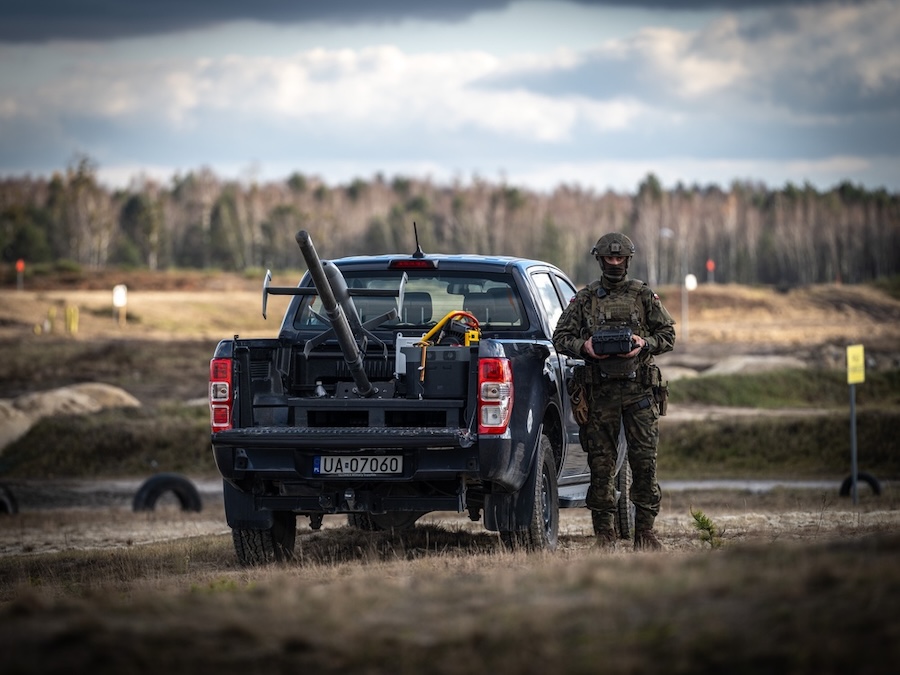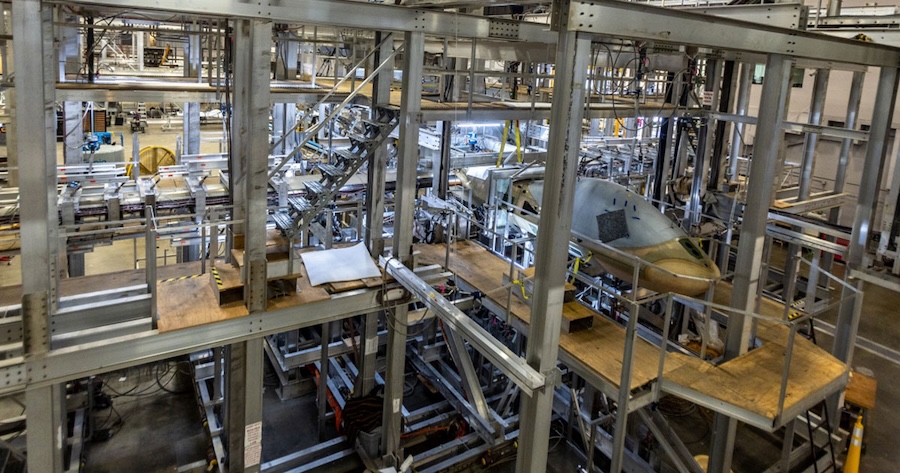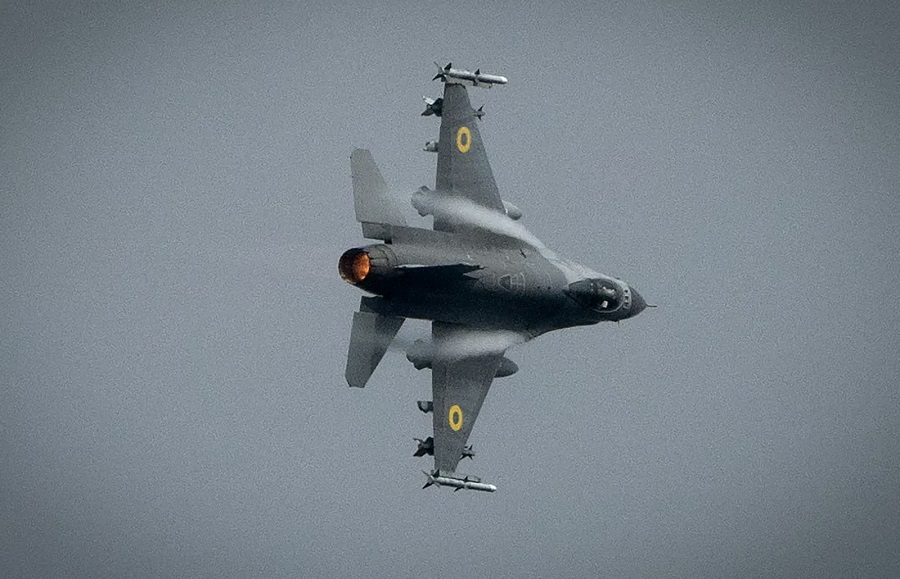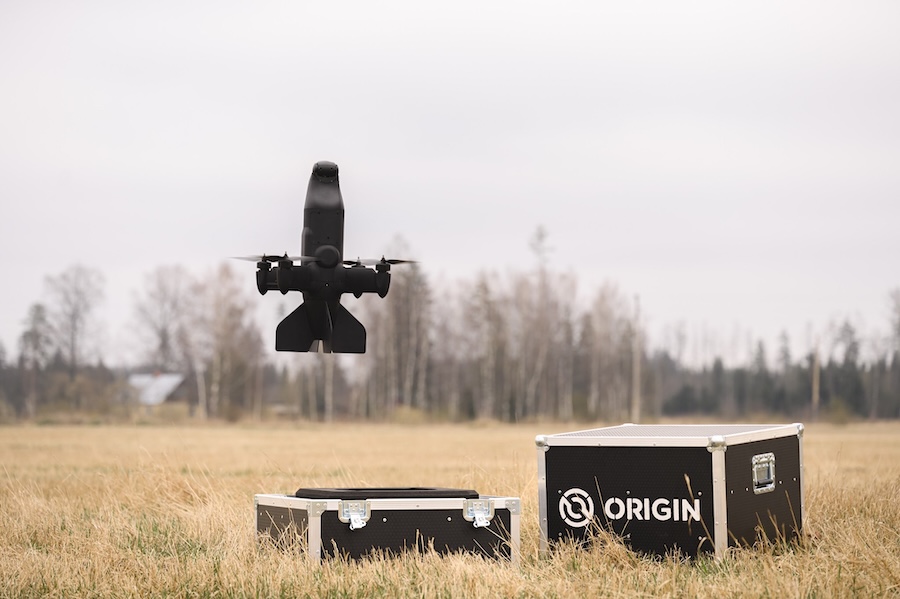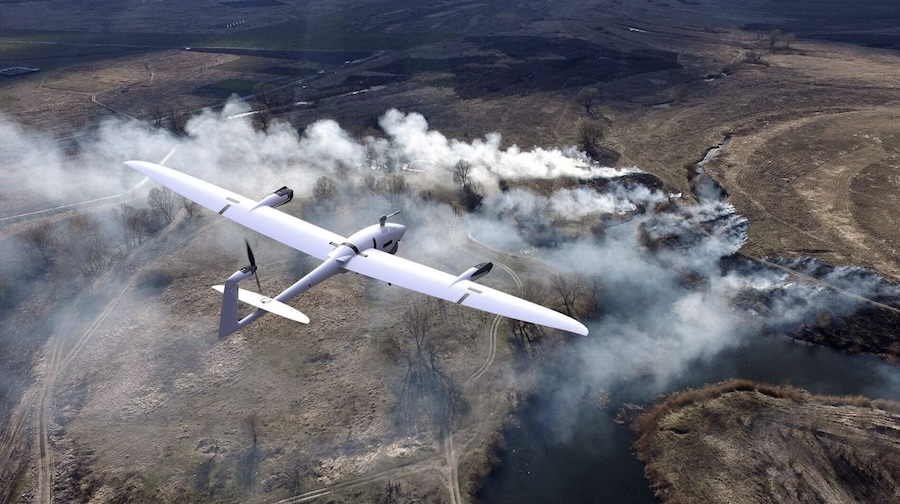The GBU-54 LJDAM is a precision-guided bomb that uses laser energy to accurately engage both static and moving targets. This successful integration reinforces the F-35’s role as a multi-role fighter, increasing its flexibility in engaging ground-based threats with advanced kinetic options.
The test was carried out using an F-35C from the U.S. Navy’s Air Test and Evaluation Squadron 9 Detachment. Pilot Cmdr. Michael “Squintz” Procelli highlighted that the ability to carry LJDAMs externally enhances the Joint Strike Fighter’s versatility, allowing it to respond effectively to asymmetrical threats in modern combat scenarios.
A key objective of the test was to evaluate the aircraft’s Stores Management System, which controls the deployment of onboard munitions. By releasing multiple bombs in rapid succession, the test provided crucial data on how the system manages and guides precision weapons under real-world conditions.
During the test, two GBU-54 bombs were deployed against a remote-controlled High-Speed Moving Target (HSMT). The F-35’s Electro-Optical Targeting System (EOTS), an advanced sensor suite integrating forward-looking infrared, infrared search and track, and a combat laser, successfully guided the bombs to their target. This cutting-edge system provides superior situational awareness compared to legacy targeting pods.
The test was designed to reflect real-world battlefield scenarios, incorporating input from a Joint Tactical Air Controller (JTAC) to simulate combat operations. This ensures the F-35’s weapons integration meets operational demands in dynamic and unpredictable environments.
By demonstrating the safe separation and precise targeting of the LJDAM, this test underscores the F-35’s advanced strike capabilities. The success of this milestone further cements the F-35’s role as a next-generation multi-role fighter, capable of delivering GPS and laser-guided munitions with high accuracy in complex combat scenarios.












